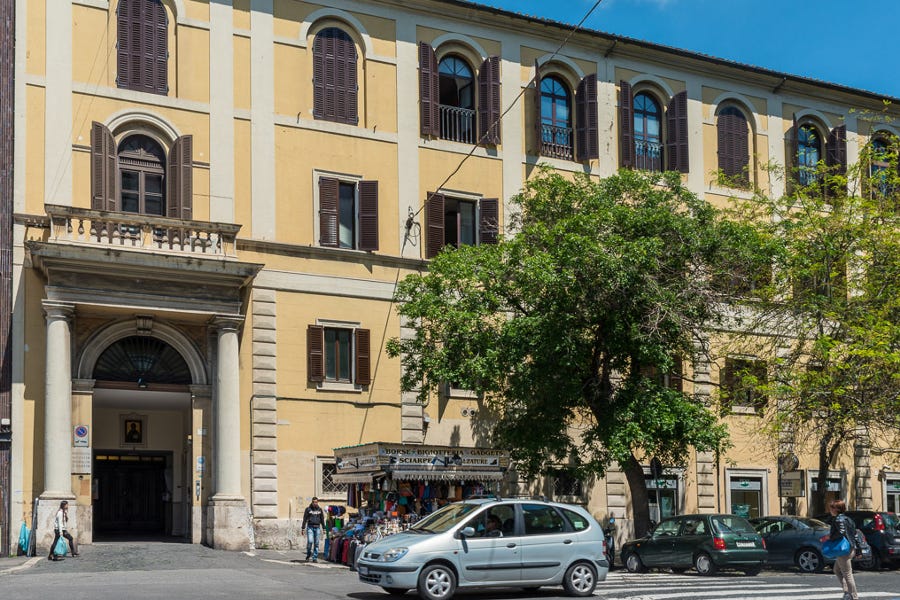Rome’s storied ‘Orientale’ enters merger
Why the Oriental Institute is now part of the Gregorian University
The list of former students at Rome’s Pontifical Oriental Institute reads like a who’s who of Eastern Christianity today.
Alumni include the Orthodox leader Ecumenical Patriarch Bartholomew I, the new Syro-Malabar head Major Archbishop Raphael Thattil, and Vatican Cardinal Claudio Gugerotti.

